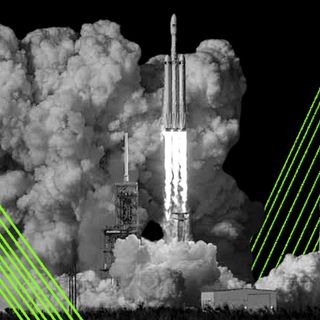A Jupiter-like planet outside our solar system has astronomers watching in anticipation. For the first time, astronomers were able to observe a “disc” around the planet, a large circular mass that can potentially form moons.
The exoplanet, officially called the PDS 70c, is one of two massive planets that look similar to Jupiter, located approximately 400 light-years away from Earth. The discovery is notable on two accounts: it not only helps scientists learn more about how moons are formed but also holds the potential to study the creation of planets in their infancy.
The exoplanet was found to be surrounded by a “circumplanetary disc,” which has until now only been identified in planets within the Milky Way. It is also the scale of the disc that makes the findings fascinating. Interestingly, the disc has enough mass to form as many as three satellites as the size of our moon, and its diameter is equivalent to the distance between the Earth and the sun. The circumplanetary disc around PDS 70c is also 500 times larger than the massive rings around Saturn.
Astronomers had detected signs of a disc around this exoplanet earlier but were unable to confirm their discovery — it was hard to distinguish the mass from remnants of the surrounding space environment. In this instance, they used the Atacama Large Millimetre/Submillimeter Array, a giant telescope that allowed for “exquisite resolution” into visualizing the presence and scale of the disc.
“Our work presents a clear detection of a disc in which satellites could be forming,” Myriam Benisty, lead study author and a researcher at the University of Grenoble, France, in a statement. The findings were published in the Astrophysical Journal Letters on Thursday.
Related on The Swaddle:
A Huge, Mysterious Object Is Hovering on the Edge of the Solar System
Detecting moons around exoplanets, called “exomoons,” has proven to be a challenge for astronomers. This is because finding exoplanets in itself is elusive; further looking for moons around them becomes harder as these traces are smaller and fainter as opposed to other bodies.
Out of the 4,000 exoplanets that have been discovered, PDS 70c and the other look-like are the only two “detected so far that are still in the process of being formed,” the researchers noted.
It also paves the way to understand how planets are formed. Until now, it is understood that planets use the dust and gas from the disc surrounding a star, growing large as they take in more material.
“As a planet grows it can then form its own circumplanetary disk that continues to feed the young planet with gas and dust. Within that disk, the gas and dust particles also collide and can form increasingly larger bodies, eventually resulting in the birth of moons,” TechExplorist noted.
But astronomers had never fully understood or witnessed how the moon — or even a planet — is created.
“These new observations are also extremely important to prove theories of planet formation that could not be tested until now,” Jaehan Bae, study co-author and a researcher from the Earth and Planets Laboratory of the Carnegie Institution for Science, said in a statement.
The thing about space is astronomers always have a lot of mysteries to unravel. With this giant orange, dazzling orb, they hope to understand the origin, and the development, of stellar planets far away from our solar system.




